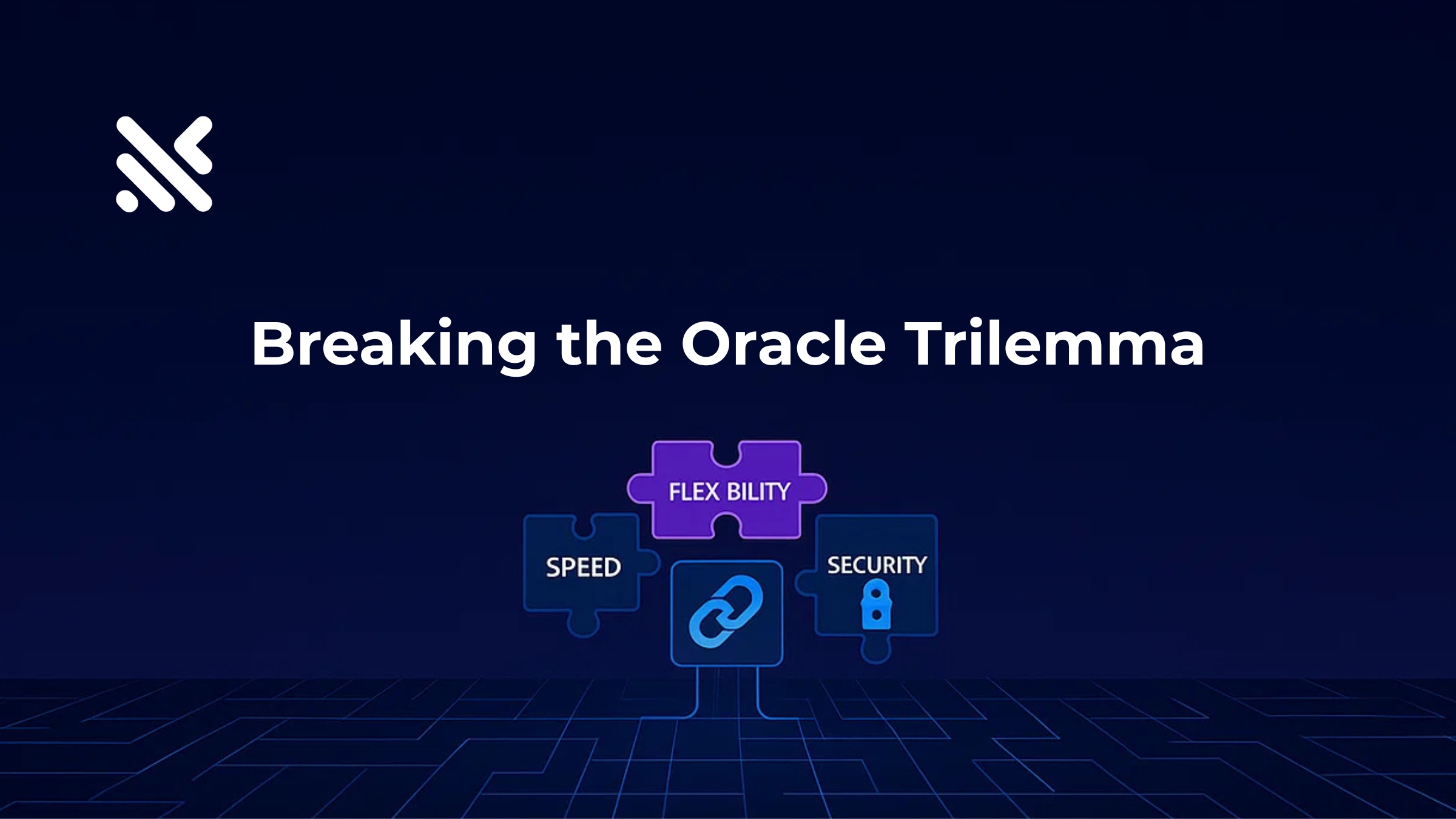
Breaking the Trilemma: How Next-Gen Blockchain Oracles Achieve Speed, Flexibility, and Security
Blockchain oracles have long faced an impossible tradeoff: prioritize speed, flexibility, or security - but never all three. New architectures are shattering this trilemma, enabling trustless data feeds that power everything from DeFi to AI on-chain. Here’s how ICP-powered innovations like ChainSight are redefining what’s possible.
1. The Oracle Trilemma: Why Traditional Models Fail
Traditional oracles force developers into compromises. Centralized providers like Chainlink or Pyth offer speed but sacrifice decentralization, while decentralized networks suffer from latency and rigidity. Custom solutions require weeks of negotiation with node operators and lack transparency, creating single points of failure. ChainSight’s analysis reveals that 68% of DeFi exploits since 2023 originated from oracle manipulation or stale data. This fragility stems from an inability to simultaneously verify data integrity (security), support complex computations (flexibility), and update feeds in real time (speed).
2. Instant Deployment: How ICP’s Chain Fusion Enables 10-Minute Oracles
ChainSight’s Portal leverages ICP’s chain fusion technology to collapse oracle deployment from weeks to minutes. Developers can:
Index any data source (APIs, on-chain histories, IoT sensors) through a no-code UI
Push verified feeds to Ethereum, Solana, or other chains in <5 minutes
Customize update frequencies without renegotiating with node operators
The key lies in ICP’s reverse-gas model and WebAssembly runtime, which eliminate gas fee dependencies and enable deterministic execution across heterogeneous networks. This transforms oracles from infrastructure projects into self-service utilities.
3. Beyond Price Feeds: Programmable Data Pipelines for DeFi 2.0
Next-gen oracles process data, not just fetch it. ChainSight enables:
Historical analytics: Calculate 30-day volatility for options protocols or TWAPs for NFT floor prices using on-chain historical data
Custom logic uploads: Deploy Wasm modules to create risk-rating systems for lending pools or liquidity stress tests
Multi-chain composability: Aggregate Uniswap v3’s concentrated liquidity data with Solana’s oracle-free DEXs for cross-chain arbitrage signals
This programmability turns oracles into verifiable compute layers, enabling derivatives and structured products previously deemed too complex for on-chain execution.
4. zkTLS and Multi-Source Networks: The Security Backbone
ChainSight combats oracle attacks through two innovations:
zkTLS Proofs: Integrates zero-knowledge proofs with TLS notarization to cryptographically verify API responses without exposing raw data. AWS or CoinGecko APIs become trustless inputs.
Multi-Source Consensus: Blends data from Chainlink, Pyth, and Chain
5. Conclusion: Unlocking New Possibilities with Next-Gen Oracles
The evolution of blockchain oracles from simple data fetchers to sophisticated, programmable, and cryptographically secure infrastructure marks a pivotal shift in decentralized technology. By overcoming the traditional tradeoffs between speed, flexibility, and security, modern oracle solutions are no longer bottlenecks but powerful enablers of innovation.
This transformation opens doors to use cases previously out of reach—real-time risk management in DeFi, dynamic NFT valuations, seamless cross-chain data orchestration, and even on-chain AI applications that rely on trustworthy external inputs. As developers harness these capabilities, the Internet Computer and its ecosystem stand at the forefront of a new era where decentralized applications can be more responsive, adaptable, and resilient than ever before.
Ultimately, the future belongs to those who can integrate reliable external data with on-chain logic at scale and speed. With next-generation oracles leading the way, blockchain is poised to fulfill its promise as a truly programmable and interconnected global computer.

